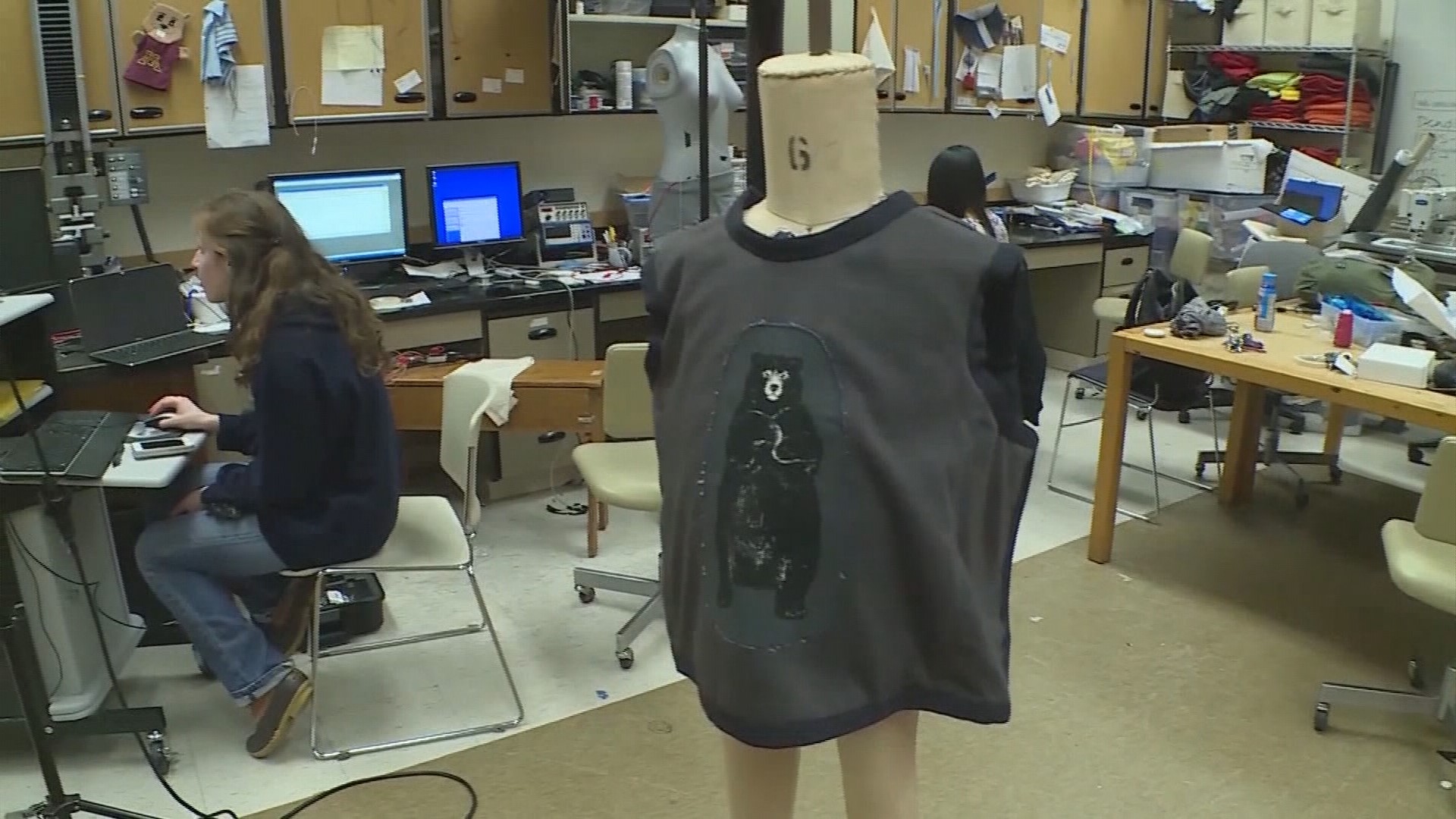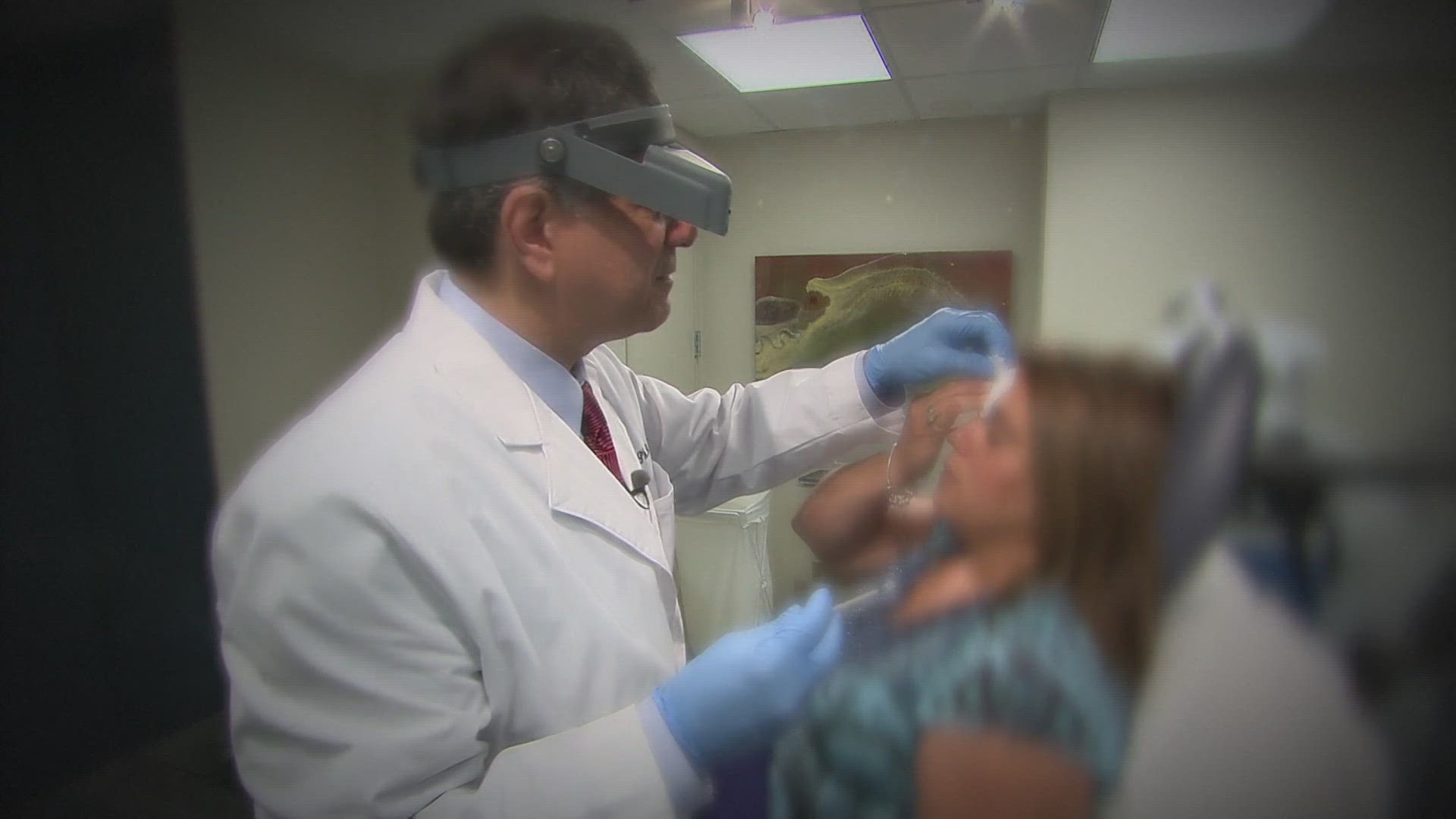There is a new type of wearable that could help people with autism.
Researchers from the University of Minnesota have come up with a device that gives off a calming squeeze.
Sitting behind the front desk at the Autism Society of Minnesota is Jillian Nelson.
"You wouldn't necessarily have any idea that I’m a person on the autism spectrum," said Jillian.
And she's right - you can't tell. Although now and then she says it feels like every single nerve in her body is on fire.
Her senses are heightened, it can be overwhelming. So Jillian will snuggle up under a weighted blanket for comfort. Others use a weighted vest.
Now there's a new type of clothing that could help Jillian and other people with autism. It's a vest which gives off a calming squeeze.
"These components were built to try and help develop a spacesuit to send astronauts to Mars," said Brad Holschuh, co-director of the wearable technology lab at the University of Minnesota.
Grad student Julia Duvall saw that space technology and thought about her nephew, who has autism and struggles with weighted clothing.
"One of the big problems is that people become acclimated to the pressure. That means if they're wearing a weighted vest or a tight-fitting knit garment under their clothes, they have to take that off at a certain point," said Duvall.
That can be disruptive, so their group created the very first dynamic compression vest, which is controlled by an app.
"These guys right here are the heat sensitive materials. In the back, here we have the module. There's a battery and a Bluetooth controller. So, when you hit the button on your phone, it sends a current through these pieces, and they pull tight," says Holschuh.
One day, that technology could help people with autism, like Jillian.
"I want to change the perception of how the world sees autism," said Jillian, who works every day for a larger purpose.
Locally, Seattle Children’s and the University of Washington’s Autism centers have experts and resources to provide help.


